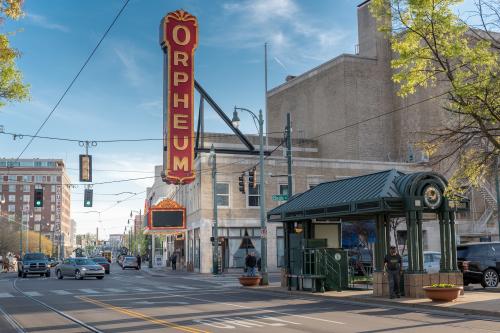The June collapse of the Champlain Towers South multifamily condominium tower in Surfside, Fla. has called into question whether bad governance played a role in the tower’s failure. Was maintenance on the building deferred because the condo board, elected by the unit owners, had a short-term incentive to do so in order to retain power? Or are communities of individual owners, who are not real estate professionals, simply incapable of managing a complex asset like a high-rise building? Are American condominiums a 20th century experiment that have now reached a dangerous reaction point in the lab?
Underlying these questions is the fundamental reality that communal living can be messy and uncomfortable. A slight majority of Americans prefer longer commutes if it means they can live in a fully detached house with no shared walls or other elements. And after a year of COVID-19 lockdowns, households of nonessential workers may be revisiting their residential preferences for space and proximity to others as more workplaces offer remote work options. Now, the unexpected collapse of Champlain Towers South raises a set of safety considerations that may not have been top of mind otherwise. The tragedy looms as a possible warning: We’ve let each other down, and it may happen again.
|
Defining common-interest communities and community ownership Condominiums are a form of “common-interest communities” that enable individual owners to share ownership of assets. In high-rise condominiums, the “common elements” that are collectively owned and managed include building systems such as the roof, foundation, exterior walls, and elevators, and may include amenities like a swimming pool. The condominium association collects fees for an operating budget and capital reserve that support the management of these assets. Common-interest communities are only one dimension of the universe of community ownership models for real estate. Community ownership is a powerful tool not just for expanding ownership, but also for stabilizing communities disrupted by capital ebbs and flows, revitalizing them, and furthering economic, racial, and environmental justice. To learn more about community ownership, see The emerging solidarity economy: A primer on community ownership of real estate |
The reality is that we can’t afford to abandon communal living and condominiums. Not everyone can or wants to live in a detached single-family home, and that development model is unsustainable in the climate crisis era.
In 13 of the top 40 U.S. metropolitan areas by population, condos and co-ops are already more than 10% of the housing inventory (Map 1). The fate of common-interest communities is particularly acute in Florida, where such homes are 35% of all supply in the Miami metro area. As low interest rates and a surge in demand for detached single-family homes send prices sky high, homeownership has become even more out-of-reach for people without generational wealth. Younger and lower-wealth households need common-interest communities and other shared ownership models now more than ever, especially in high-cost cities. But it is critical that the risks of these models be managed and minimized through reforms to policy and practice.

There is a great deal that the public sector can do to strengthen condominium governance. For example, in order for units to be eligible for federal mortgage insurance, the Federal Housing Administration (FHA) already requires condominium projects to maintain a capital reserve equivalent to 10% of monthly unit assessments or an amount set by a reserve study (usually conducted by a licensed engineer). States could create additional requirements, incentives, or programs to bring existing condominiums up to that standard. This would strengthen the maintenance outlook for many aging buildings.
The broader real estate industry must also do more to educate common-interest owners and promote good common-interest governance. For example, there is currently no standard format in which common-interest communities compile their bylaws, budgets, and other documentation for review by potential buyers—meaning that potential buyers under contract contingency have very limited time (often as little as three days) and generalizable expertise to understand the conditions and governance health of a particular common-interest community.
By establishing and adopting reporting standards such as a common format and guidance documents for key terms to increase transparency, the industry could play an impactful role in changing the way communities provide transparency to current and potential members of a community of ownership. For example, condominium projects track their owner-occupancy rate because that statistic is another FHA standard for federal mortgage insurance. What if condominiums also summarized and reported other basic governance statistics to potential buyers in a simple, standard format, such as the owner participation rate in the last board election and a measure of reserve health based on a reserve study (and the date of the last study update)?
Deferred maintenance is not unique to or inherent in condominiums. Anywhere there is poverty or speculation, deferred maintenance will show up as a human problem. We struggle to maintain our bodies and our homes, and the fact that deferred maintenance plagues most of our general-purpose governments might suggest that it gets worse when multiple people share responsibility.
But more shoulders can share the load. Clear information and transparency support leadership, cooperation, and accountability—that’s how Mobile, Ala. cleared a multimillion dollar maintenance backlog. The same principles can strengthen the governance of community ownership assets. It is imperative that we do so, because the broad economic, social, and civic benefits of community ownership—as described in a new research brief with my co-author Hanna Love—are needed to make the American dream of an ownership society attainable for more people while strengthening and revitalizing places.
The author thanks DW Rowlands for her assistance preparing Figure 1.






Commentary
Lessons from the Surfside condo collapse on strengthening community ownership
July 29, 2021